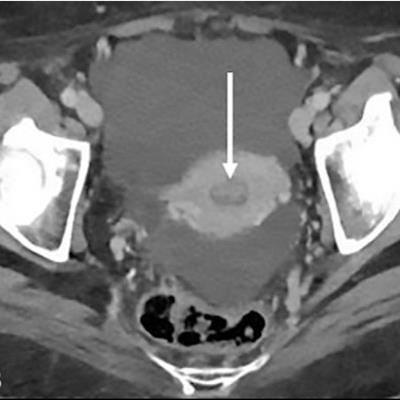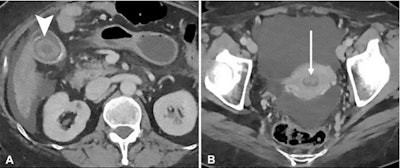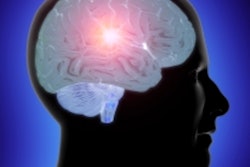
Body CT interpretation errors are more common during evening and night shifts -- and not only among residents but also radiology attending physicians, according to a study published August 18 in Radiology.
The findings may not be surprising, wrote a team led by Dr. Anika Patel of Mayo Clinic Arizona in Phoenix, but they do serve as a good reminder of the fact that it's necessary to manage off-hours work.
"If diminished diagnostic accuracy during night assignments is a function of circadian misalignment and fatigue, our work shows it extends beyond residents to radiologists who have completed residency," the team wrote. "This has important quality implications, not only for selecting which studies stand to benefit most from increased quality scrutiny, but also for determining how that scrutiny should be implemented."
There's been increasing concern about how radiologists perform during off hours (evenings, weekends, and nights), but most studies have focused on residents. Patel and colleagues explored the performance of radiology fellows during day and night shifts.
The study included 10,090 body CT scans read by 32 fellows during off hours between June 2014 and June 2018. The researchers classified discrepancies that affected follow-up clinical care as errors, comparing the error rate for daytime readings (7 a.m. to 5:59 p.m.) and nighttime readings (6 p.m. and 6:59 a.m.). They also compared error rates in the first and second halves of the shift.
Overall, the team found a 2% error rate for daytime interpretations and a 3% error rate for night reads, with 69% of readers having higher night interpretation error rates. The group also found that there were more errors in the second half of the night shift compared with the first half.
| CT interpretation error rates by shift | ||||
| Day shift | Night shift | |||
| Time period | 7 a.m. to 11:59 p.m. | 12 p.m. to 5:59 p.m. | 6 p.m. to 11:59 p.m. | 12 a.m. to 6:59 a.m. |
| Percentage error | 1.1% | 2.6% | 2.5% | 3.7% |
 (A) Abdominal and (B) pelvic reconstructed CT images of a 66-year-old woman with cirrhosis obtained in the emergency department (ED) for abdominal pain show gallstones (arrowhead) detected by the off-hours in-house radiologist during night assignment at 12:30 a.m. This patient was discharged from the ED with a diagnosis of biliary colic. An abdominal division attending physician revised the report at 6:30 a.m. and noted that "the endometrium is abnormally thickened up to 14 mm in the anteroposterior diameter with enhancing intracavitary observation" (arrow) and documented discussion with the ED. The ED contacted the patient later that day with recommendation and an appointment for outpatient gynecologic consultation. Over the subsequent six weeks, the patient underwent gynecologic consultation, pelvic ultrasound, and eventual hysteroscopic resection of a benign endometrial polyp. Image and caption courtesy of the RSNA.
(A) Abdominal and (B) pelvic reconstructed CT images of a 66-year-old woman with cirrhosis obtained in the emergency department (ED) for abdominal pain show gallstones (arrowhead) detected by the off-hours in-house radiologist during night assignment at 12:30 a.m. This patient was discharged from the ED with a diagnosis of biliary colic. An abdominal division attending physician revised the report at 6:30 a.m. and noted that "the endometrium is abnormally thickened up to 14 mm in the anteroposterior diameter with enhancing intracavitary observation" (arrow) and documented discussion with the ED. The ED contacted the patient later that day with recommendation and an appointment for outpatient gynecologic consultation. Over the subsequent six weeks, the patient underwent gynecologic consultation, pelvic ultrasound, and eventual hysteroscopic resection of a benign endometrial polyp. Image and caption courtesy of the RSNA.How can these errors be mitigated? Double reading is a good strategy, as is adding more attending radiologists to the night rotations. But no matter how radiology departments seek to mitigate off-hours errors, the basic issue of the physical difficulty of working night shifts remains, according to an accompanying editorial.
"This article puts to rest the wrongheaded assumption that only radiology trainees will experience errors and have diminished performance when working after hours," wrote Dr. Michael Bruno of Penn State Milton S. Hershey Medical Center in Hershey, PA. "To the contrary, we are all subject to the same biologic and neurocognitive limitations as part of our shared humanity. Such basic human factors as circadian rhythms must be accepted, and their risks must be mitigated by modifying our systems and practices."



















